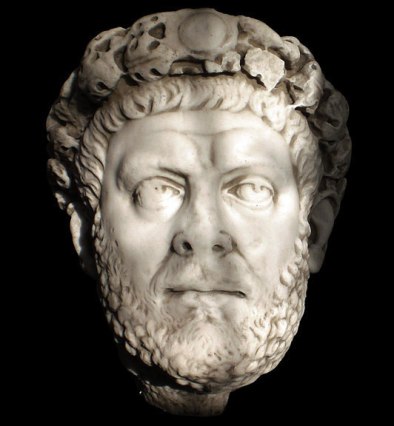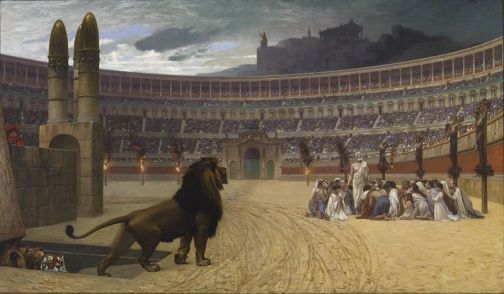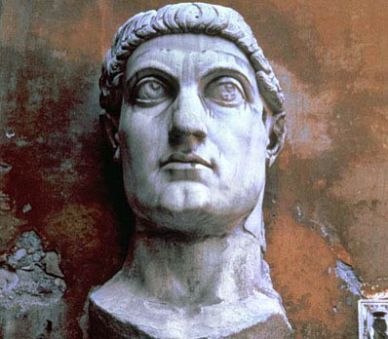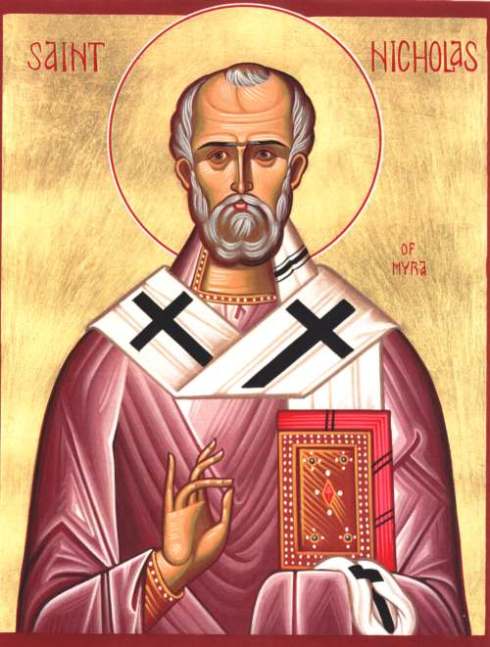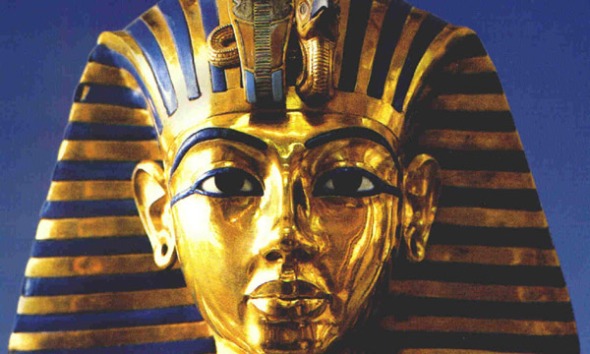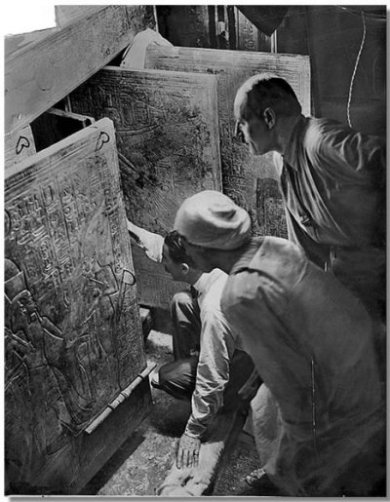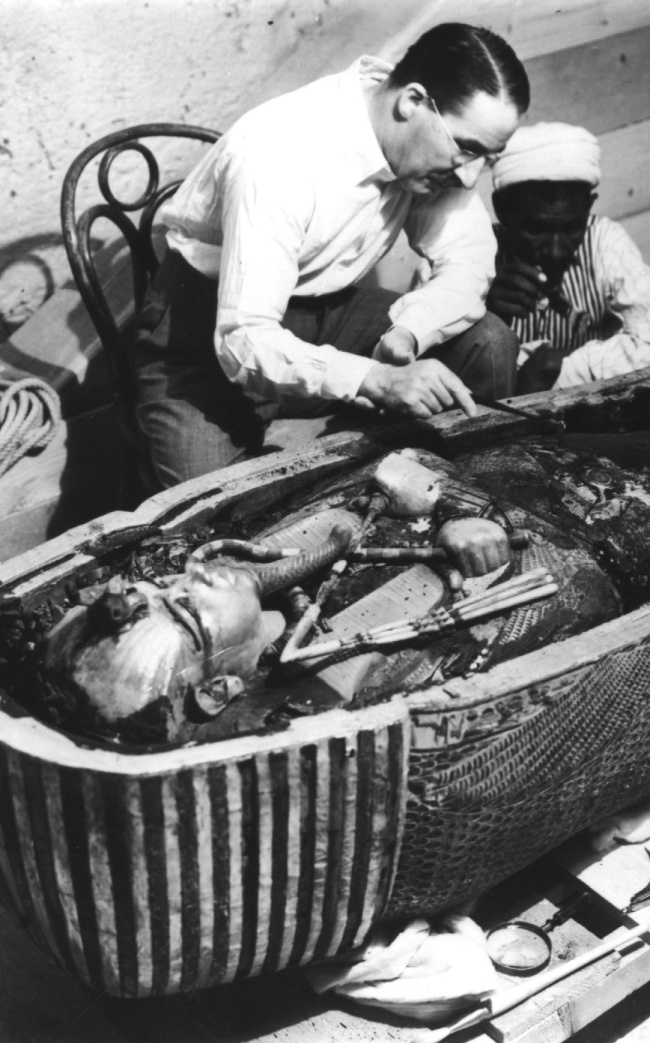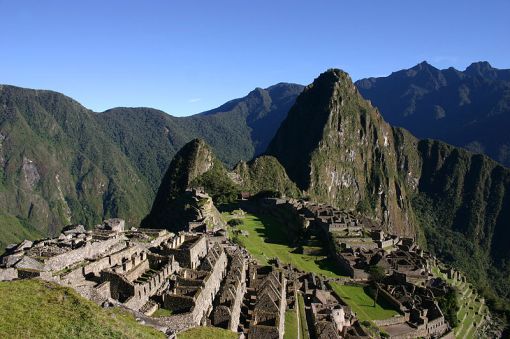On this day in 303, the Roman Emperor Diocletian began the systematic persecution of Christians in the Roman Empire. This became known as the ‘Great Persecution’ or the ‘Diocletianic Persecution’. It was this day that Diocletian ordered the total destruction of the new Christian church in Nicomedia, demanding the building and its scriptures to be burned and its treasures seized. The following day Diocletian issued an ‘Edict Against the Christians’; the persecution of Christians had begun.
Christians had been targeted throughout the history of the empire, but violence was at its fiercest between 303 and 313. The campaign did not end with Diocletian’s retirement in 305, as his successors continued what he had begun (though to varying degrees of intensity). The persecution saw the execution of Christians, the rescinding of their legal rights and the requirement that they embrace traditional Roman polytheistic religion. The persecution is generally considered to have ended with the 313 Edict of Milan issued by the converted Christian Emperor Constantine and Licinius.
This is true religious persecution: the pressure to abandon one’s identity, the threat of violence, the violent destruction of culture. Whilst Christianity may be one of the dominant religions in the world now, we must not forget the sacrifices made by early Christians who would rather die than renounce their faith. When you hear conservative Christian commentators in the United States proclaiming that the ‘liberal establishment’ is waging a war on Christianity because one town didn’t have a nativity display, I would like to show them the Great Persecution of the fourth century. Maybe then they will realise what a true war on Christianity looks like.
